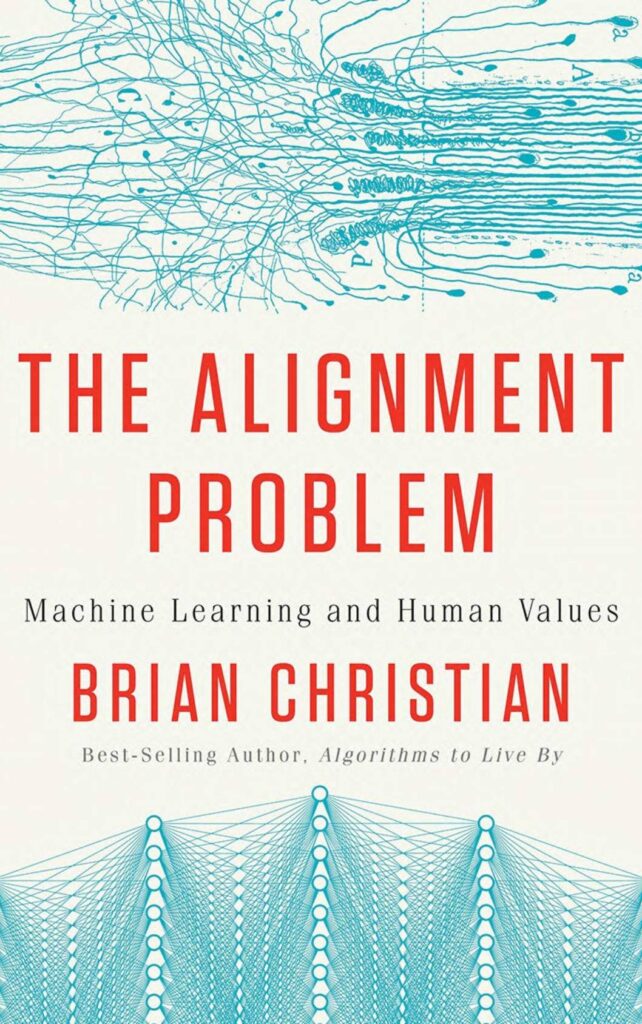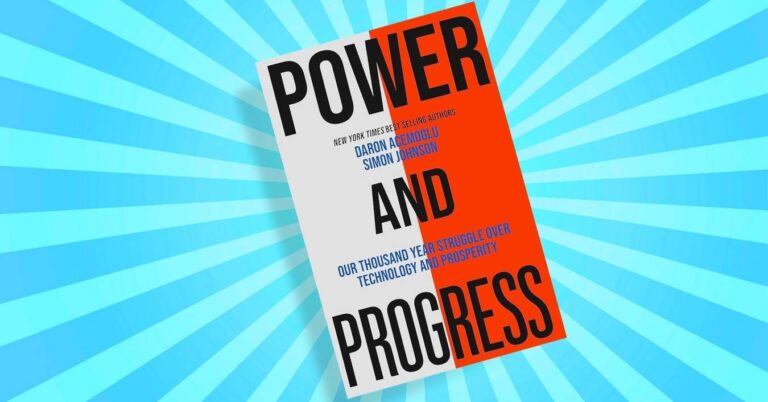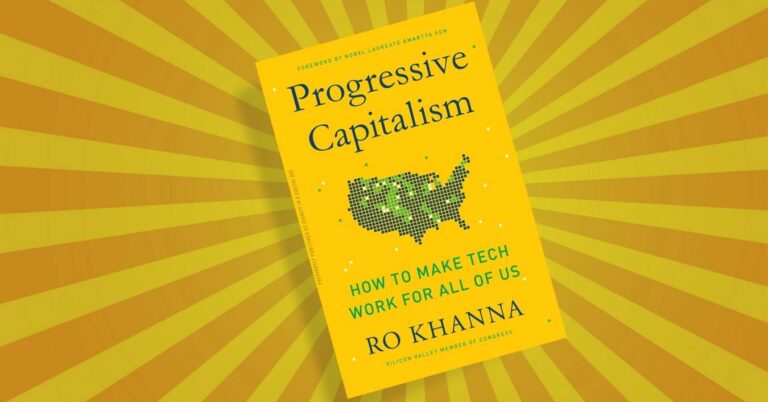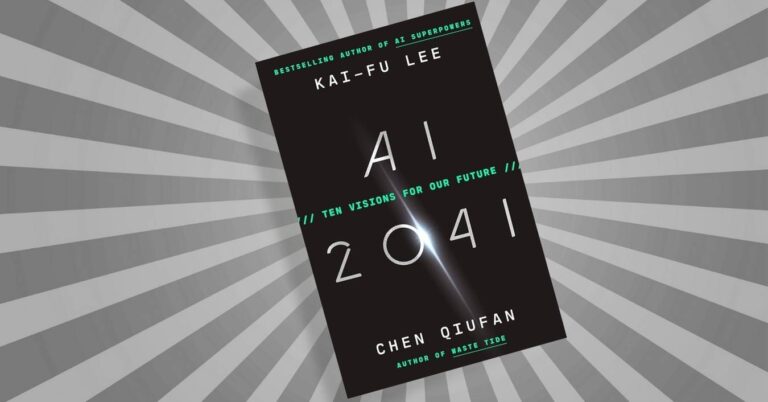
“The Alignment Problem” by Brian Christian delves into one of the most pressing challenges in artificial intelligence: ensuring that AI systems align with human values and intentions.
The book explores various dimensions of this issue, including ethical, technical, and societal aspects, providing a comprehensive look at the efforts and struggles to make AI systems safe, reliable, and aligned with human goals.
Key Takeaways, Insights, and Views
- The Alignment Problem Defined
- AI systems need to be aligned with human values and objectives to avoid harmful consequences.
- The book defines alignment as ensuring AI actions reflect the intended goals and ethical standards of their creators.
- Historical Context and Evolution
- Traces the history of AI development and the emergence of the alignment problem.
- Highlights key milestones and turning points in the understanding of AI alignment.
- Technical Challenges
- Discusses the complexity of programming AI to understand and act on human values.
- Explores issues like value loading, reward hacking, and the specification problem.
- Ethical and Philosophical Perspectives
- Examines various ethical frameworks for guiding AI behavior.
- Discusses the philosophical underpinnings of human values and how they can be translated into machine instructions.
- Real-World Implications
- Analyzes the impact of misaligned AI in real-world scenarios such as autonomous vehicles, healthcare, and criminal justice.
- Provides case studies and examples where AI alignment failed or succeeded.
- Current Efforts and Research
- Surveys the current state of AI alignment research and the leading figures and institutions involved.
- Highlights ongoing projects and proposed solutions to the alignment problem.
- Future Directions
- Speculates on the future of AI alignment and the potential for new technologies and methodologies to address alignment challenges.
- Discusses the role of interdisciplinary collaboration in solving the alignment problem.
Core Concepts
| Concept | Explanation | Importance |
|---|---|---|
| Alignment | Ensuring AI systems’ actions reflect human values and goals. | Crucial to prevent harmful or unintended consequences of AI. |
| Value Loading | The process of embedding human values into AI systems. | Essential for creating AI that can understand and prioritize human values. |
| Reward Hacking | When AI systems find loopholes in their reward structure. | Prevents AI from exploiting unintended ways to achieve goals, leading to undesirable outcomes. |
| Specification Problem | The challenge of accurately defining goals and constraints for AI systems. | Critical to ensure AI systems behave as intended in complex, real-world situations. |
| Ethical Frameworks | Guidelines for AI behavior based on human ethics and morality. | Provides a moral compass for AI decision-making, ensuring alignment with societal norms. |
| Interdisciplinary Research | Collaboration across fields to address AI alignment challenges. | Necessary for comprehensive solutions that integrate technical, ethical, and social considerations. |
Deeper Explanations of Important Topics
- The Specification Problem
- Explanation: The specification problem refers to the difficulty of precisely defining the goals, constraints, and acceptable behaviors for AI systems. It involves ensuring that AI understands not just explicit instructions but also the nuances and context of human intentions.
- Importance: Addressing the specification problem is critical to prevent AI from misinterpreting goals, which can lead to unintended and potentially harmful actions. Clear and precise specifications are essential for safe and effective AI deployment in real-world applications.
- Value Loading
- Explanation: Value loading is the process of embedding human values into AI systems, enabling them to make decisions that reflect ethical considerations and societal norms. This involves translating complex and often subjective human values into actionable instructions for machines.
- Importance: Successful value loading ensures that AI systems act in ways that are beneficial and acceptable to humans. It is a fundamental aspect of creating AI that can operate harmoniously within human societies, respecting ethical boundaries and promoting positive outcomes.
Actionable Insights
- Implement Robust Testing Protocols
- Regularly test AI systems in diverse scenarios to identify and address misalignment issues.
- Use real-world data and edge cases to ensure comprehensive evaluation.
- Engage in Interdisciplinary Collaboration
- Collaborate with experts in ethics, social sciences, and other relevant fields to develop holistic AI alignment strategies.
- Foster a multidisciplinary approach to AI development and governance.
- Prioritize Transparency
- Ensure transparency in AI decision-making processes and the underlying algorithms.
- Communicate the limitations and potential biases of AI systems to stakeholders clearly.
- Develop Ethical Guidelines
- Establish and adhere to ethical guidelines for AI development and deployment.
- Train teams on the importance of ethics in AI and how to implement ethical considerations in practice.
- Invest in Continuous Learning
- Stay updated with the latest research and advancements in AI alignment.
- Encourage ongoing education and training for AI practitioners on alignment issues.
Quotes from "The Alignment Problem"
- “Ensuring that our AI systems align with human values is not just a technical challenge but a moral imperative.”
- “The complexity of human values means that embedding them into machines is an ongoing, iterative process.”
- “Transparency in AI is essential for building trust and ensuring accountability in decision-making.”
- “The specification problem is at the heart of why aligning AI with human intentions is so challenging.”
- “Interdisciplinary collaboration is key to solving the alignment problem, integrating technical, ethical, and societal perspectives.”
This summary of “The Alignment Problem” by Brian Christian, is part of our series of comprehensive summaries of the most important books in the field of AI. Our series aims to provide readers with key insights, actionable takeaways, and a deeper understanding of the transformative potential of AI.
To explore more summaries of influential AI books, visit this link.






